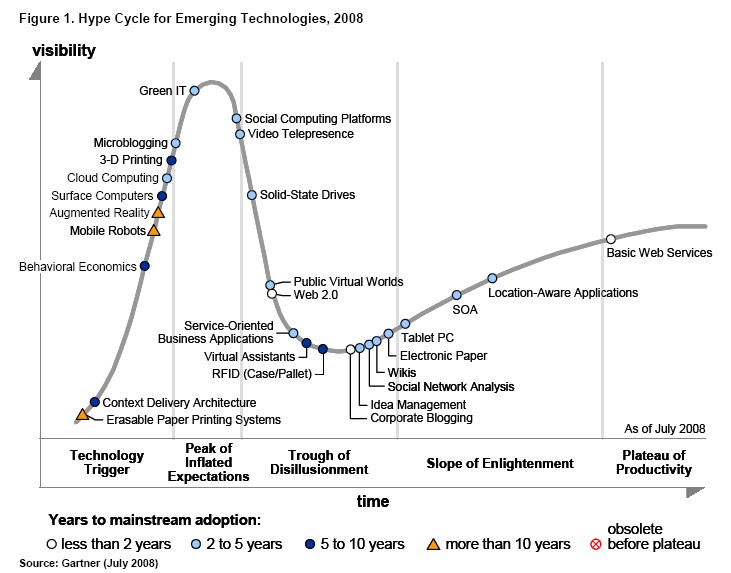The two new sites that I am developing are:
- Reflection for Learing (in collaboration with Jonathon Richter of the Center for Advanced Technology in Education, University of Oregon)
- Assessment for Learning
I have created this blog to discuss my ideas on electronic portfolios to support lifelong learning. I hope to share some of my concerns about the current direction of electronic portfolios in Higher Education and K-12 schools.
 Just for fun, I've been taking some of my digital documents and putting them through wordle.net. The Wordle above is for this blog before today... sort of looks like a footprint. Hmmm... It is fun to see the themes that come through the most-used words in a document. Below is the Wordle for my latest article, Balancing the Two Faces of ePortfolios:
Just for fun, I've been taking some of my digital documents and putting them through wordle.net. The Wordle above is for this blog before today... sort of looks like a footprint. Hmmm... It is fun to see the themes that come through the most-used words in a document. Below is the Wordle for my latest article, Balancing the Two Faces of ePortfolios: An interesting way to learn from a word cloud! Almost better than an abstract!
An interesting way to learn from a word cloud! Almost better than an abstract!
I am writing to inform you we are using your diagram about ePortfolio with Japanese translation in my program.I am posting a link to the translated copy on my website. Earlier this month, when I met with a team from the Center for Advanced Technology in Education at the University of Oregon, I received some very good feedback on the model/diagram in the article. It seems obvious that this conceptual model is helpful to educators implementing ePortfolios in different parts of the world.
http://electronicportfolios.org/balance/index.html
Our team, including me, are developing ePortfolio system. Now I am making a simple explanation about ePortfolio that will come with instruction of our portfolio system. I am planning to use your diagram in Japaneses, like the Spanish version that you have linked to. It's internal document and I will add your reference, but I would like to let you know that I created Japanese version of your diagram.
I have translated it in Japanese and almost okay but would like to be checked by others before open. If you would like to have this, I would like to send you the PPT or let you know the URI to access. The diagram helps us a lot to grasp what we have done and where we are.
Thank you very much.

Essentially, industries, companies and people go through the 5 stages of: 1) heh, this is cool, 2) yeah, we all think this cool, 3) woah, we were sold down the river, 4) no, come to think of it, used in the right way, this can be good and finally 5) this has become part of what we do." (Source: Buzz Canuck)Where are ePortfolios along this continuum? I think Higher Ed is generally in stages 2 and 3... what needs to help move into stages 4 and 5? In my opinion, K-12 is just entering the cycle. I found a couple of online publications by the New Media Centers Consortium that outline emerging technologies:
I'd just like to share with you this little thought too. Do you remember speaking in New Zealand a number of years ago, at the ULearn Conference in Auckland? You were one of the keynote speakers and you spoke about the power of telling stories - you shared with us one story that combined photos, pictures, music and voice. Your keynote really struck a chord with me, as you emphasised the beauty and power of simplicity and choice. I base most of my digital storytelling and digital portfolio work with students on the things I took away from your keynote.Wow! It is thrilling to get this type of feedback from a keynote presentation that I gave in 2005.
You can imagine how "tickled" I am now to be giving back something to you. Thank you for the inspiration back then and for the continued inspiration into ePortfolios.